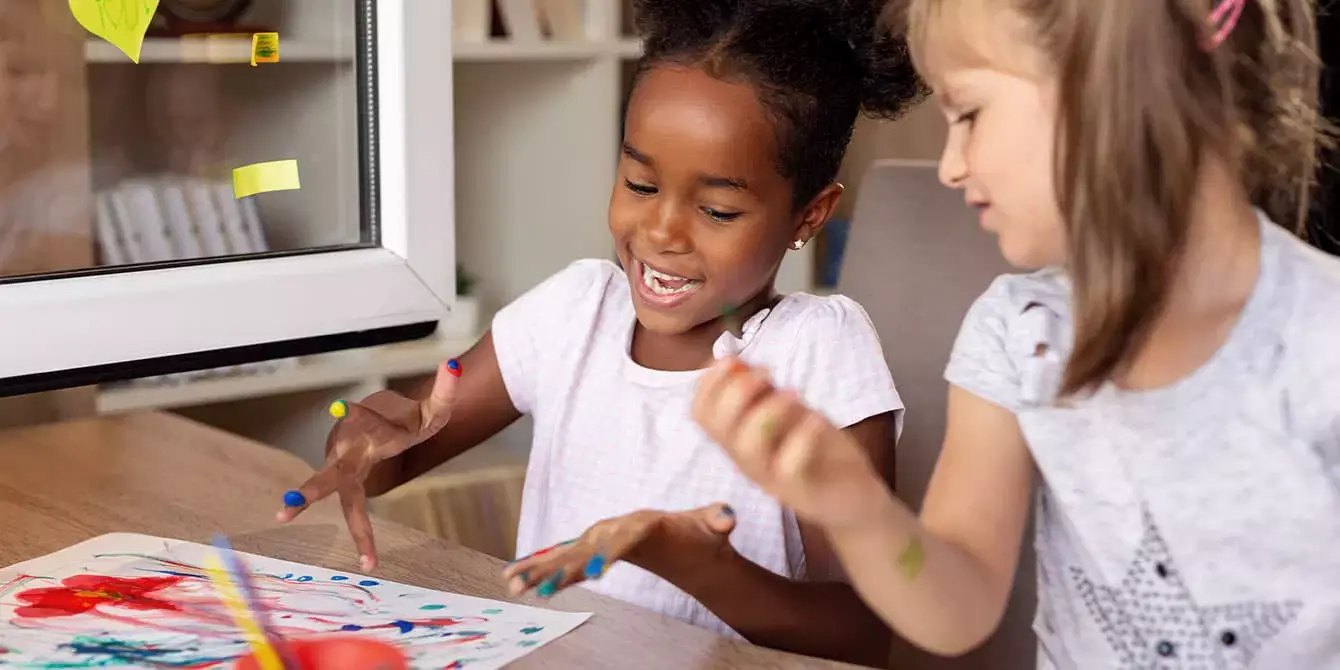Finger painting isn’t just a whimsical activity; it serves as a vital sensory experience that promotes motor skills and creativity in young children. Engaging in art allows kids to express themselves, encouraging not only motor development but also cognitive and emotional skills. The tactile nature of finger painting can enhance sensory integration, helping children become more aware of their surroundings. Moreover, the visual stimulation provided by vibrant colors aids in the development of visual discrimination, which is crucial for various learning processes.
Opting for homemade finger paint can eliminate safety concerns associated with commercial paints, which may contain harmful chemicals. The fact that children often put their fingers in their mouths during playtime makes it essential to use non-toxic ingredients. Fortunately, creating your own finger paint is a straightforward endeavor, requiring just a few simple ingredients commonly found in your pantry. Not only does this enable you to monitor what goes into the paint, but it adds an engaging kitchen activity to your routine.
The beauty of crafting your finger paint lies in the flexibility of the ingredients. The primary components are colorful fruits and vegetables along with Greek yogurt. Think along the lines of vibrant beets for red, mashing up green kale for a lush green, or blending carrots for an energetic orange. Blueberries can make a lovely blue shade. For those seeking a more refined color palette, using a juicer to extract the juices can yield a range of vivid colors. If you feel adventurous, combine different fruits and veggies to create unique hues.
To enhance the texture, consider adding cornstarch. This will allow you to craft a thicker, more traditional paint consistency. A simple boiling process where you soften your chosen fruits and veggies can set the stage. Mixing cornstarch dissolved in water into this mix will elevate it to a thicker sauce, perfect for painting. A sprinkle of sugar can also be included for a hint of sweetness, making it even more appealing to little ones.
After preparing your ingredients, let the mixture cool before handing it over to your budding artist. If you’d like to vary the consistency further, blending the paint with runny yogurt provides a lighter texture that might facilitate easier spreading. For colors that you can’t achieve naturally, opt for all-natural food coloring as a substitute. The sky’s the limit when it comes to creativity; experiment with various color combinations and textures.
As you watch your children create, remember that the true essence of finger painting lies in the joyous mess. It’s more than just an art project; it’s a full-bodied experience. Encouraging your little ones to revel in the texture and the chaos of creativity not only fosters their artistic abilities but also builds lasting memories that you can cherish. So gear up, embrace the inevitable mess, and find joy in the artistic expressions your children will showcase!

